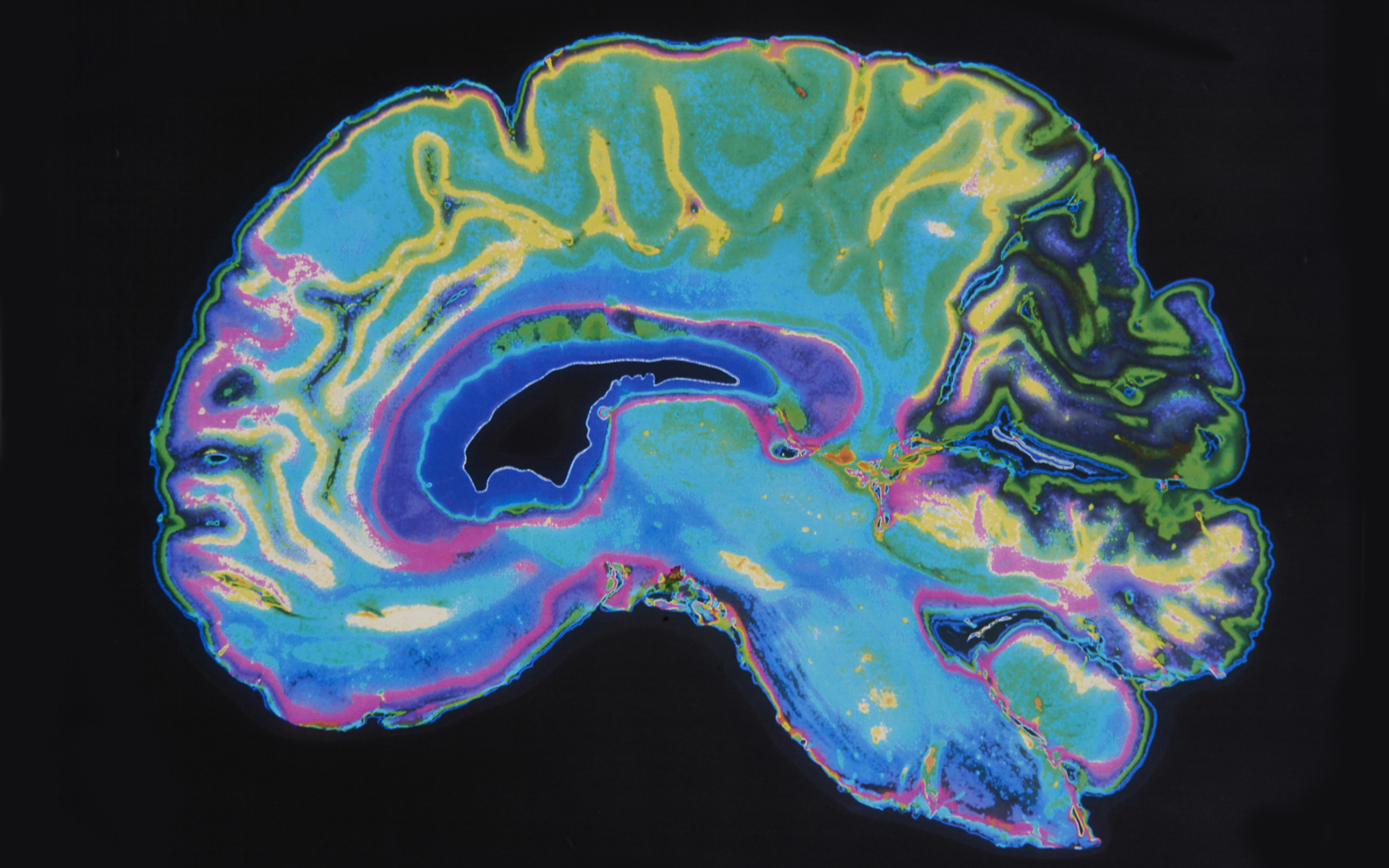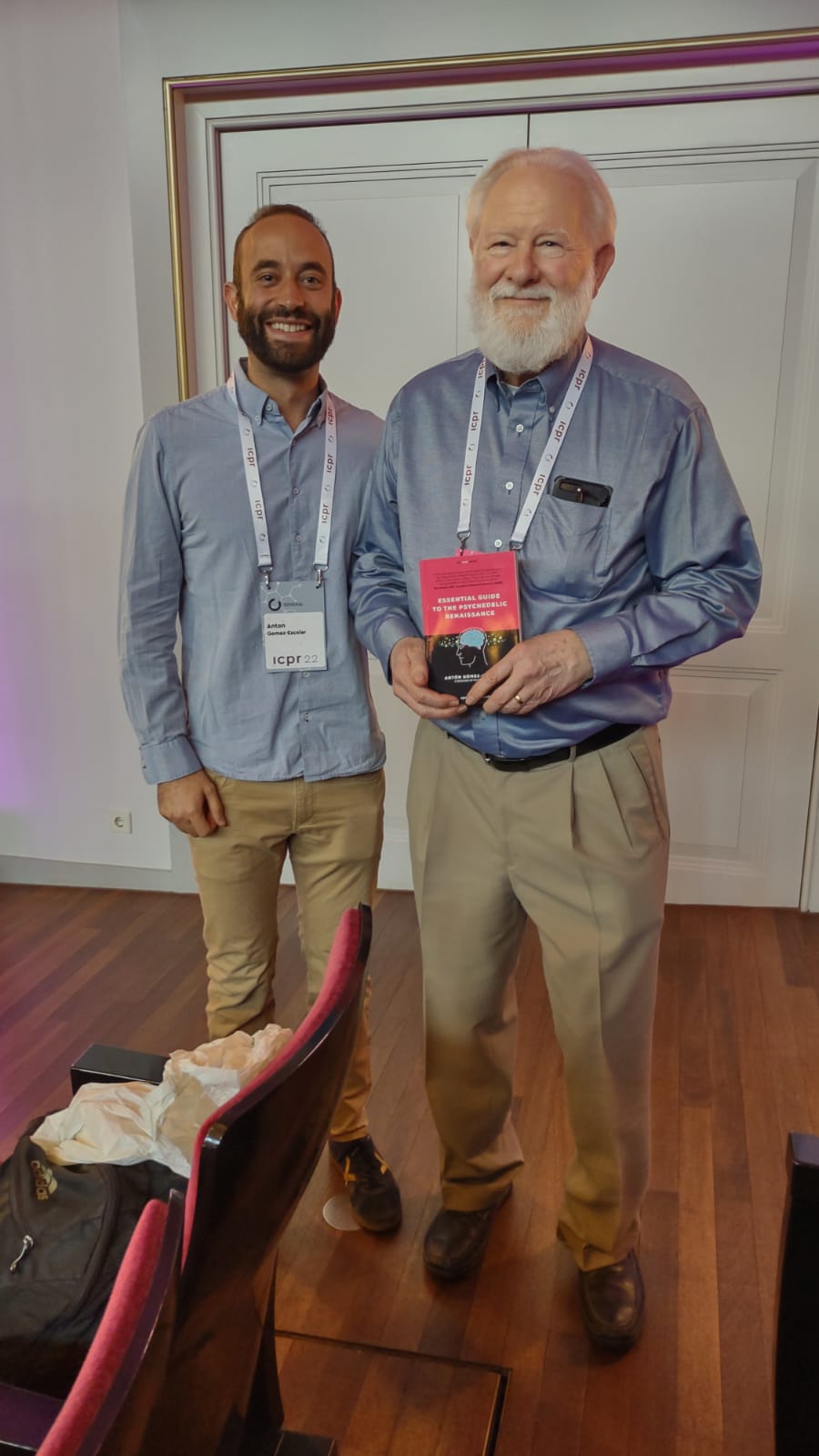By Gabriel García March 8, 2023
David Earl Nichols is an American pharmacologist and medicinal chemist. Formerly the Robert C. and Charlotte P. Anderson Chair of Pharmacology at Purdue University, Nichols has worked in the field of psychoactive drugs since 1969. While still a graduate student, he patented the method used to make the optical isomers of hallucinogenic amphetamines. His contributions include the synthesis and reporting of scaline, LSZ, 6-APB, 2C-I-NBOMe and other NBOMe variants (NBOMe-2C-B, NBOMe-2C-C, NBOMe-2C-D), and several others, as well as the coining of the term “entactogen”.
He is the founding president of the Heffter Research Institute, named after the German chemist and pharmacologist Arthur Heffter, who first discovered that mescaline was the active component of the peyote cactus. In 2004 he was named Irwin H. Page Lecturer by the former International Serotonin Club (now the International Society for Serotonin Research), and delivered a speech in Portugal entitled “35 years studying psychedelics: what a long, strange journey it has been.”

Among pharmacologists, he is considered one of the world’s foremost experts on psychedelics. Nichols’ other professional activities include teaching medicinal chemistry and molecular pharmacology at Purdue University in West Lafayette, IN, and teaching medical students at Indiana University School of Medicine. He officially retired in 2012, but has continued to work for the simple reason that no one is in a position to continue his work and he is considering writing an autobiography. He is currently an adjunct professor at the UNC Eshelman School of Pharmacy in Chapel Hill, North Carolina.
Nichols continues to conduct academic research on the chemistry of psychedelics. He has published approximately 250 scientific reports and book chapters, all describing the relationship between a molecule’s structure and its biological effects (often referred to as structure-activity relationship, or SAR). He has done extensive work using the rat drug discrimination assay model to characterize hallucinogenic drugs. Although his research primarily uses rats, several compounds included in Shulgin’s PIHKAL were first synthesized in Nichols’ laboratory. His laboratory also first developed [125I]-®-DOI as a radioligand. He also improved the synthesis of psilocybin so that it could be made accessible for several recent clinical studies.
Other notable research he helped conduct includes extensive studies on the structure-activity relationships and mechanisms of action of MDA and MDMA, during which he helped discover many novel analogs, including compounds such as 5-methyl-MDA, 4-MTA, and MDAI.
More recently, Nichols has become one of the world leaders in dopamine research, and his team has developed several notable dopamine receptor ligands, including the selective D1 full agonist compounds dihydroxidine and dinapsolin that have been investigated for the treatment of Parkinson’s disease, as well as a number of other dinoxylin-derived subtype-selective dopamine agonists. He co-founded DarPharma, Inc. to commercialize his dopaminergic compounds; several of his team’s compounds are now being studied in clinical trials for the treatment of Parkinson’s disease and the cognitive and memory deficits of schizophrenia.

Nichols was one of the first people to publish legitimate research on the chemistry and pharmacology of LSD in the last 20 years, and was the first to report that several LSD analogs, such as ETH-LAD, PRO-LAD and AL-LAD, were more potent than LSD itself. This research was partly responsible for the so-called Psychedelic Renaissance that Antón Gómez-Escolar describes in Essential Guide to the Psychedelic Renaissance. If you are interested in knowing more about this scientific current, the book describes the phenomenon in its entirety: from the basic concepts about psychoactive substances, the history, the effects on the brain, the lines of clinical research and the therapeutic potential, the different types of psychedelics, the safety measures in their use, among others.
Most of this pharmacology can be seen in Psychedelics and Mental Health, by Irene de Caso and Your Brain on Psychedelics, by Genís Oña, where you will learn the keys to the effects of psychedelics, capable of producing significant changes in the processes of perception, thought and consciousness. The book also includes a prologue written by one of the greatest eminences in this field, José Carlos Bouso, scientific director of ICEERS.

These books are now available on Amazon in physical and eBook format, as well as Apple Books. In addition, all titles are available in Spanish version on GuiasdelPsiconauta.com




